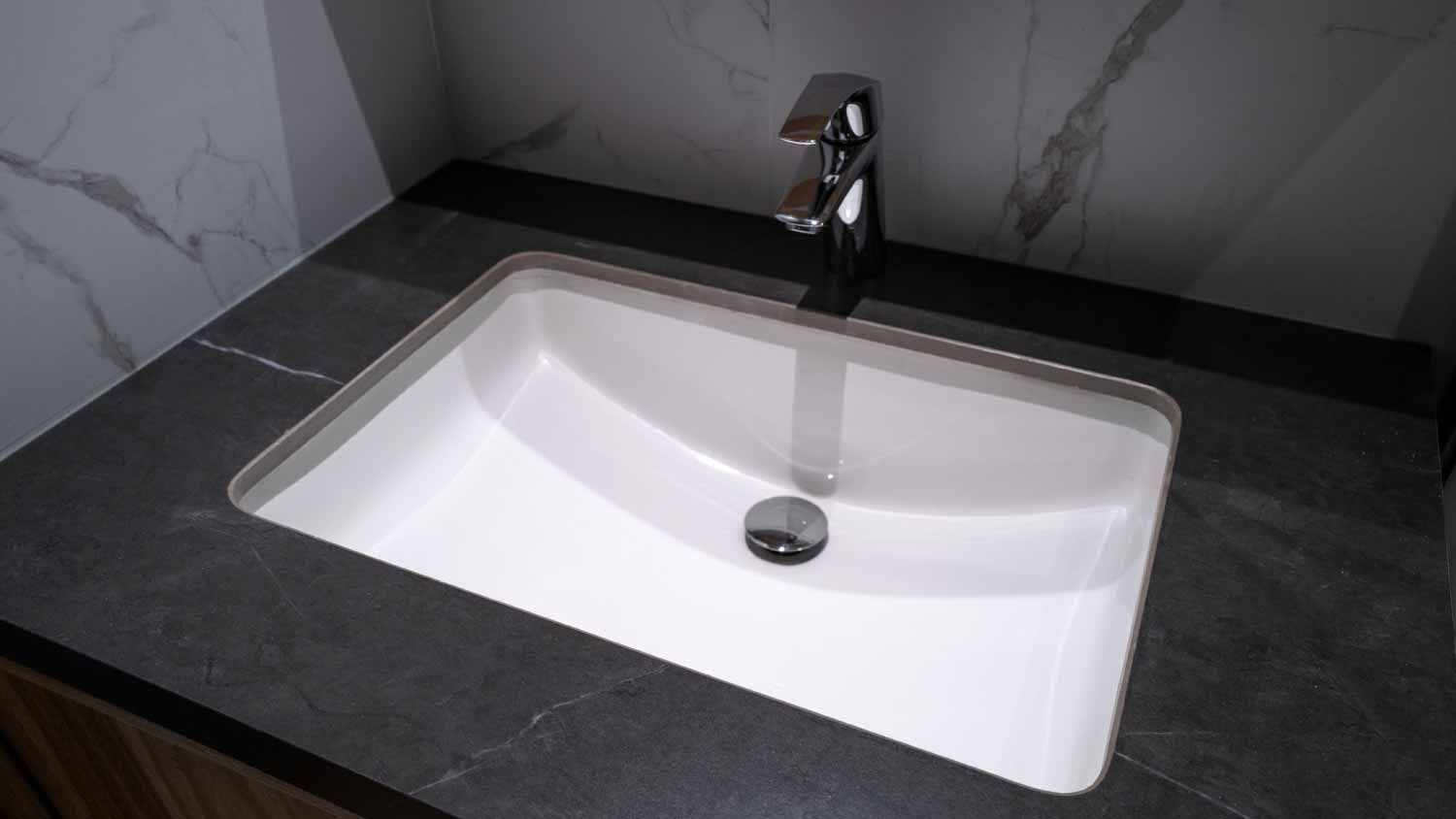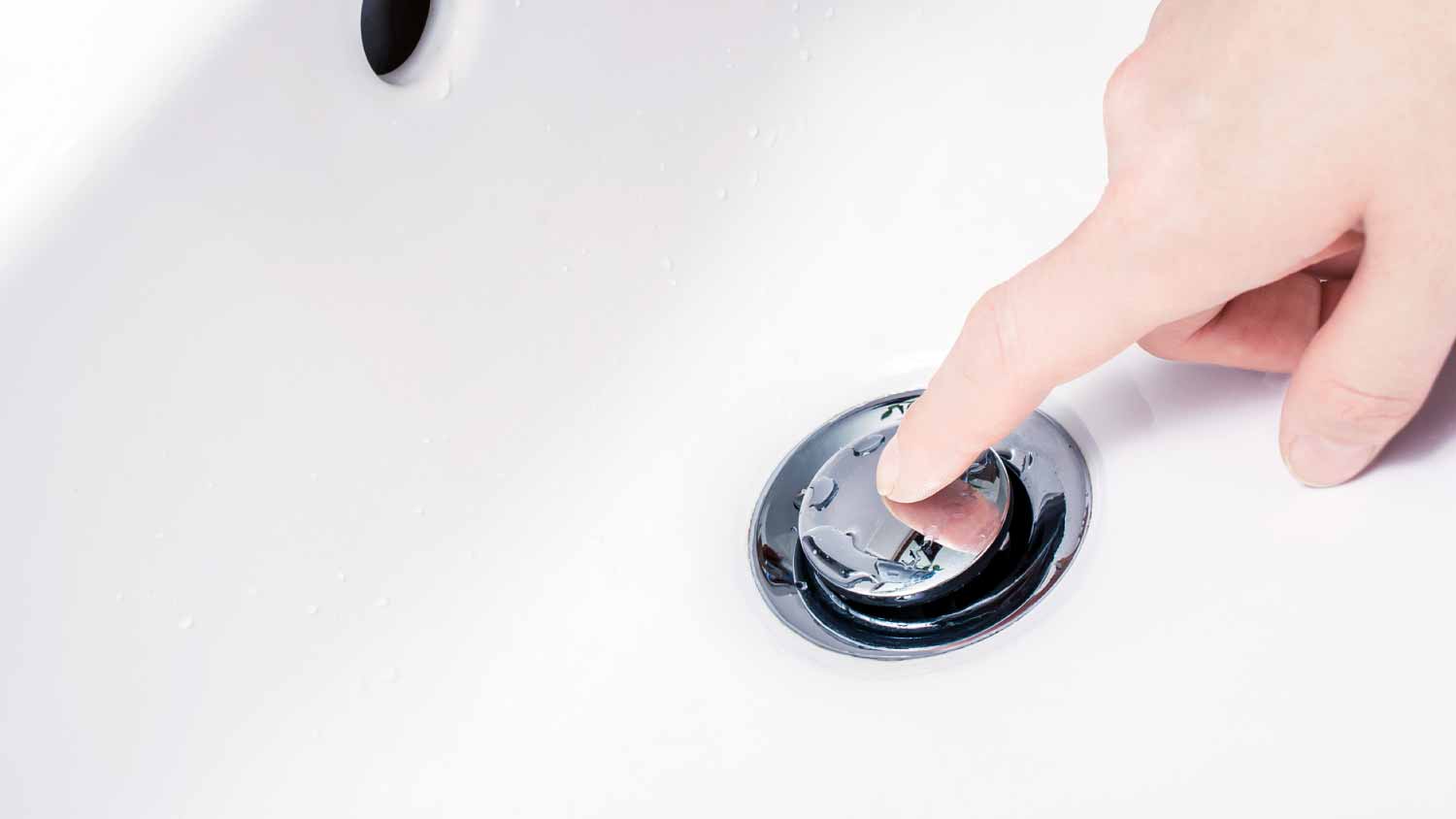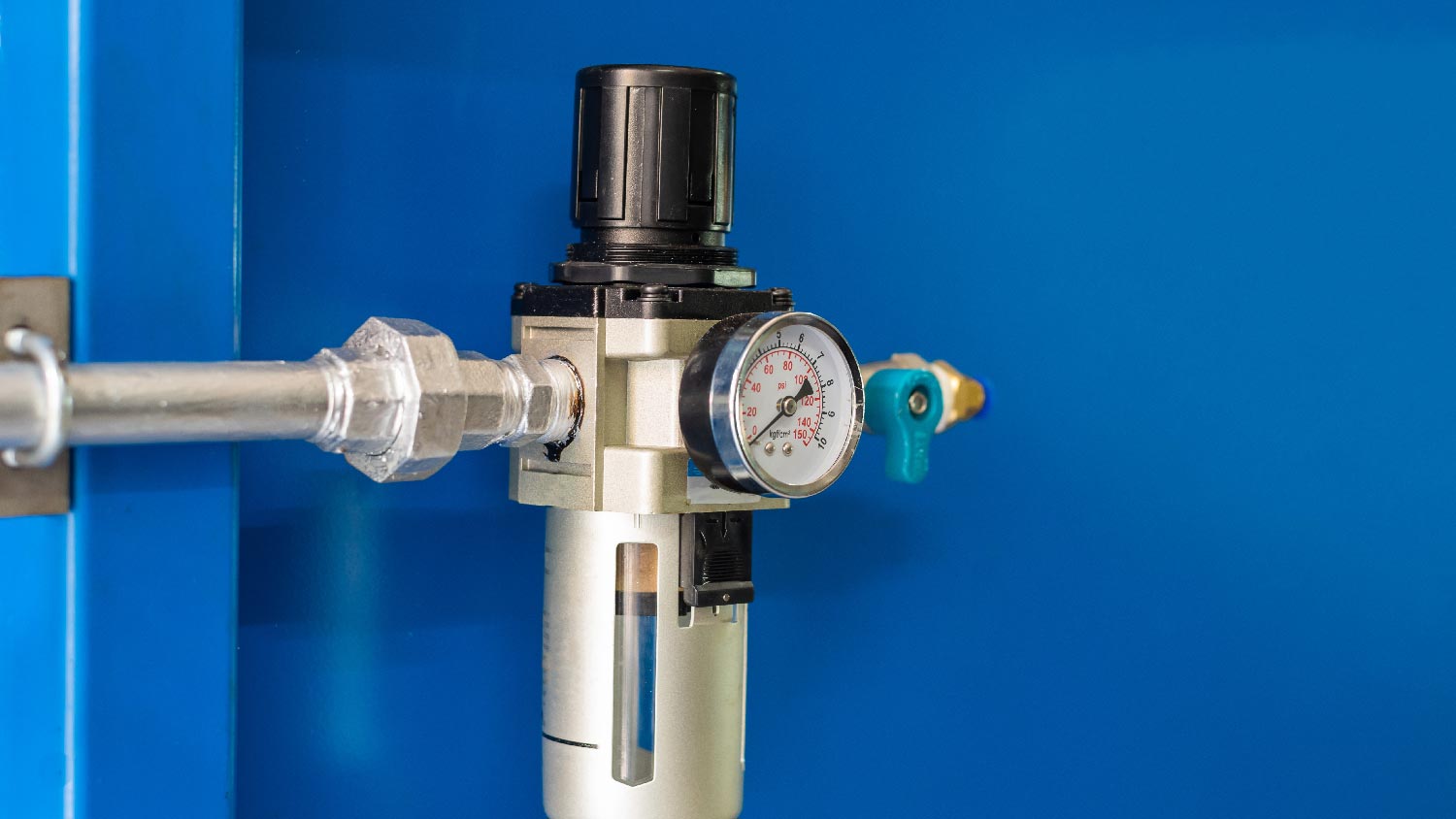
A main water shut-off valve controls water flow for your entire home. Here we break down the cost to replace a main water shut-off valve.
Pop-up drains are an easy solution for bathroom sinks


Pop-up drains are easy to install.
They can be somewhat challenging to clean.
Homeowners can choose drains with or without overflow openings.
If you're installing a new sink in your bathroom, you'll need a new drain. While you have many options, the pop-up drain is often the most economical and easiest to install. However, it also has some downsides. This guide to the pros and cons of pop-up drains will help you determine if one is right for your project.
When taking on this project, expect questions only a pro can answer. With our network of local pros, you'll get the job done and your questions answered—without the hassle and stress of doing it yourself.
| Pros | Cons |
|---|---|
| DIY installation | Hard to clean |
| Affordable | Can leak |
| Available with and without overflow | Challenging in small bathrooms |
| Sanitary |
Pop-up drains have a lever on the outside of the sink that you can open or close to start or stop water drainage. You push down on the lever to close the stopper and not let the water drain. When you want to reopen the drain, you pull the lever up. They are a popular design in bathrooms.

Consider these benefits when choosing a pop-up drain:
Installing a pop-up drain yourself takes only a few common tools and a couple of hours. Before installing the new drain, you must remove the existing one. If you need help with how, consider enlisting the help of a professional.
Home renovations can get costly, so it’s nice to know that adding a pop-up drain to your bathroom or kitchen sink is inexpensive. However, the cost varies based on the finish, as these drains are typically available in brushed gold, brushed nickel, chrome, rubbed bronze, stainless steel, and satin nickel.
You can purchase pop-up drains with an overflow opening. If your sink has an overflow opening, your drain must, too. This ensures that the water doesn't overflow if it keeps running while the drain is closed.
Unlike its alternative, you don’t have to stick your hands in dirty water to open or close a pop-up drain. With the lever on the outside of the sink, you keep your hands clean and still open or close the drain as needed.
Here are some disadvantages of pop-up drains to consider when renovating your kitchen or bathroom:
Since pop-up drains are beneath the sink, you must disassemble them to clean the drain properly. While cleaning it can be a DIY task, it takes time and a little knowledge of how to unscrew the stopper plug and get in there with the proper tools to clean out the soap scum, toothpaste, hair, and debris. If you run into a problem, it becomes essential to call a professional drain cleaner near you, as it could lead to backups and water damage if not corrected.
If a pop-up drain isn't properly installed, it will leak. Something as simple as not putting enough putty or silicone between the sink and the flange can cause the drain to leak.
A pop-up drain can be challenging in a small bathroom because you must get underneath the sink to start or stop the drain. This is especially true if you need to take it apart to clean it or if you have a clog.

While pop-up drains are one of the most common bathroom options, click-clack and grid drains are two alternatives.
Click-Clack Drain: Instead of reaching underneath the sink to open or close the drain, you push down on the drain itself to open or close it. When you open the drain, it makes a 'clacking' sound, and when you close it, the drain makes a 'clicking' sound. This drain is also known as a push-button or sprung waste drain.
Grid Drain: Grid drains are decorative alternatives that don’t close. They have a grid top and work well with vessel sinks without an overflow hole.
Pop-up drains are an economical choice for a bathroom drain. You can install them yourself, and they keep your hands clean when you need to open or close the drain. However, keeping them clean and accessing them can be challenging in smaller bathrooms.
If you're considering installing a new drain in your bathroom, contact a professional plumber in your area to ensure the job is done right.
From average costs to expert advice, get all the answers you need to get your job done.

A main water shut-off valve controls water flow for your entire home. Here we break down the cost to replace a main water shut-off valve.

Plumbing inspection costs depend on the issue you’re looking into and the size of your home. Learn what you can expect to pay.

This guide to toilet installation cost covers what you can expect to pay when adding a new toilet to an existing or new bathroom.

Find out the average water pressure regulator replacement cost, key price factors, and tips to save on your project. Get transparent, expert-backed cost info.

Extend the life of your appliances by installing a water pressure regulator—here is why this valve is essential in your home.

We’ll show you how to keep pipes from freezing in the winter and how to thaw yours before they burst.